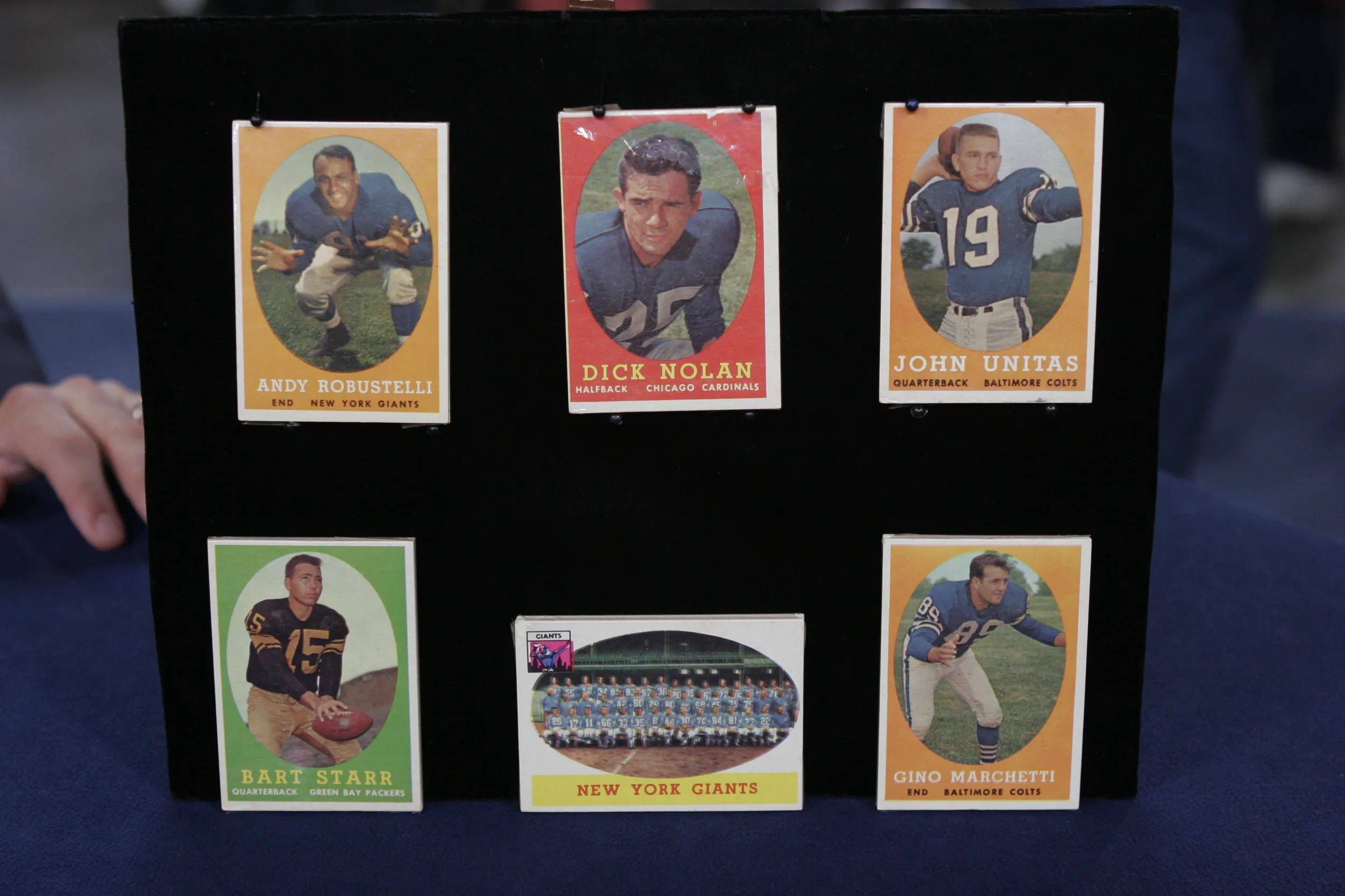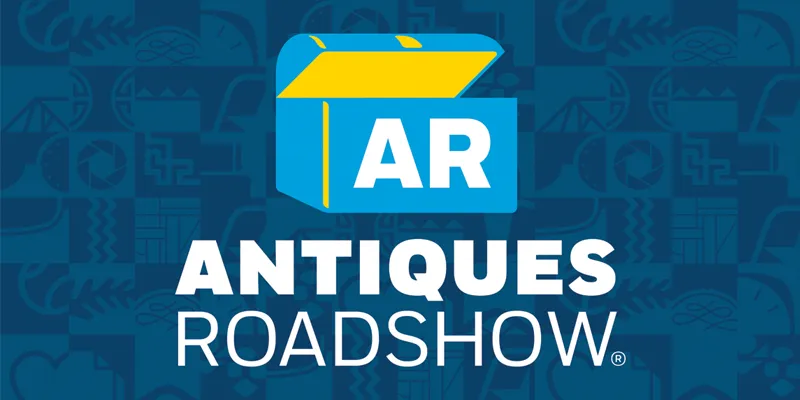APPRAISER: You've brought a nice collection of Whistler etchings and drypoints to the show today. Why don't you tell me how you got them?
GUEST: I got them from my father. Um, I inherited them from him. And it was for me kind of a piece of my father that was left after he passed away, and a connection to him.
APPRAISER: And I actually knew your father. I did some business with him, and he was a fairly well-known collector. What did he do for a living?
GUEST: He was actually a professor for all his life, and raised a big family. He grew up in a real humble home. His dad was an upholsterer, and what I remember is, he always told us that he put himself through college eating a can of baked beans and a PowerHouse candy bar every night for dinner. So that's what I appreciate about him, is that he was able to do this on a professor's salary.
APPRAISER: Over here is "The Wine Glass," which is an etching from 1858. And it's one of the only still-life etchings that Whistler made. And it's also one of his earliest works. As you may or may not know, Whistler was born in Massachusetts, and he studied college in America, and after school, went to Europe and never came back.
GUEST: Hmm...
APPRAISER: He lived between France and England. And this is a work that he did in France in 1858. Wow. The two women here are both drypoints, and drypoint is made by scratching directly into a metal plate. It's a technique that is difficult to get many impressions from, because the drypoint wears down over time. This is "A Model Resting." And this is a study of "Maud Seated." And they're both from the 1870s. This here is a view of the Little Putney Bridge in London-- that's also from the late 1870s.
GUEST: Okay.
APPRAISER: And then we have two views of Venice. This is "Little Venice." And this is "A Doorway in Venice." And these both date from around the early 1880s, and Whistler was actually bankrupt at the time. He had sued the critic John Ruskin in London for calling his paintings obliterations, basically.
GUEST: Huh.
APPRAISER: And the result of that suit, which he won...
GUEST: Uh-huh.
APPRAISER: ...but he didn't get any money for, was that it bankrupt him.
GUEST: Wow.
APPRAISER: And so he took this commission...
GUEST: Uh-huh.
APPRAISER: ...to go to Venice and produce these prints. And finally, there's a view here of Brussels. This is called "The Palaces in Brussels," and that is from the 1880s. Now, do you know what your father spent on them when he was buying them, and when he bought them?
GUEST: I think I saw one, he spent, like, $185 or $220, $220, something like that for...
APPRAISER: And this was in the '70s?
GUEST: '60s, he started in the '60s, and collected through the '80s.
APPRAISER: Right. Well, your father had a great eye. And he sought out what seems to me some of the scarcest examples he could find. If you look at this print here, for instance, on the back of the sheet, you see in Whistler's handwriting "Selected proof."
GUEST: Oh!
APPRAISER: So this is a print that the artist himself thought very highly of.
GUEST: Actually wrote on?
APPRAISER: It's the artist's proof. And on this print, "The Palaces in Brussels," you see a dedication from Whistler to one of his collectors. And on a number of the prints, you also see Whistler's signature, which is a butterfly. He was sort of a dandy.
GUEST: Uh-huh.
APPRAISER: Fashionable guy, and he used his butterfly signature. Here you see it larger on "The Model Resting." And you see it even printed in the plate on the view of the Little Putney.
GUEST: Oh.
APPRAISER: Whistler's market has risen dramatically in the last ten years.
GUEST: Really? Really?
APPRAISER: So in the time that your father bought these...
GUEST: Uh-huh.
APPRAISER: ...the value has increased. At auction, "The Wine Glass" would bring around $5,000 to $8,000.
GUEST: Oh, wow!
APPRAISER: "The Little Putney," which is a beautiful proof...
GUEST: Mm-hmm.
APPRAISER: ...would bring between $3,000 and $5,000.
GUEST: Oh, goodness.
APPRAISER: Each of the drypoints, "The Model Resting" and "Maud," would bring $15,000 to $20,000.
GUEST: Wow!
APPRAISER: The view of Little Venice, in the neighborhood of $12,000 to $18,000.
GUEST: You're kidding.
APPRAISER: The "Doorway in Venice"...
GUEST: Uh-huh.
APPRAISER: $20,000 to $30,000.
GUEST: Wow!
APPRAISER: And finally, the best for last, "The Palaces in Brussels," exceedingly scarce print.
GUEST: Really?
APPRAISER: That would bring around $60,000 to $90,000 at auction.
GUEST (gasps): You are kidding.
APPRAISER: The grand total at auction would be around $130,000 to $190,000.
GUEST: You are kidding me!
APPRAISER: No.
GUEST (chuckles): Wow!
APPRAISER: It's a wonderful collection. I thank you for bringing it in.
GUEST: That is amazing.
APPRAISER: They're beautiful prints. They're just beautiful.
GUEST: I'm, I'm just shocked.
APPRAISER: In my ten years doing the show, I've never seen Whistler prints...
GUEST: Really?
APPRAISER: ...of this caliber.
GUEST: Really!
APPRAISER: These are museum pieces.
GUEST: Wow, that's amazing.












